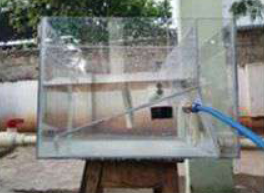Manufactured Products
Manufactured Products
Low Profile Bead Filter (LBPF)
Low Profile Bead Filter (LBPF)
- lens Energy savings of up to
60% - lens Significant reduction in water wastage
- lens Significantly low maintenance
Protein Skimmer
Protein Skimmer
UV Filter
UV Filter
This is a vital component of any aquaculture system. Ultraviolet water filteration provides a healthy and safe environment for flora and fauna to sustain. Our filters are designed to be easy to use and easy on the pockets as well.
Cost-effectiveness, hassle-free installation, low maintenance and a aquatic life sustainability has been our priority. Also, lack of chemicals and long lifespan of our filters make them an eco-friendly solution as well.
